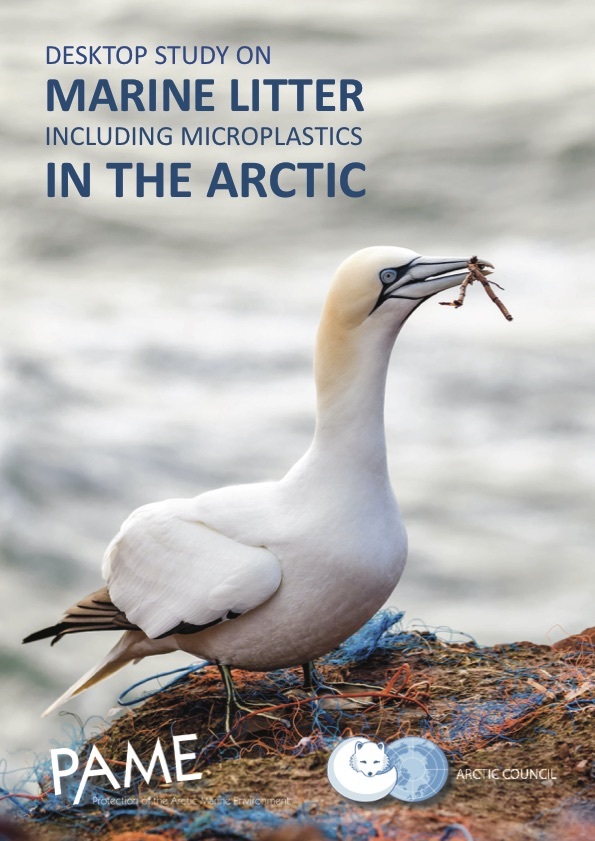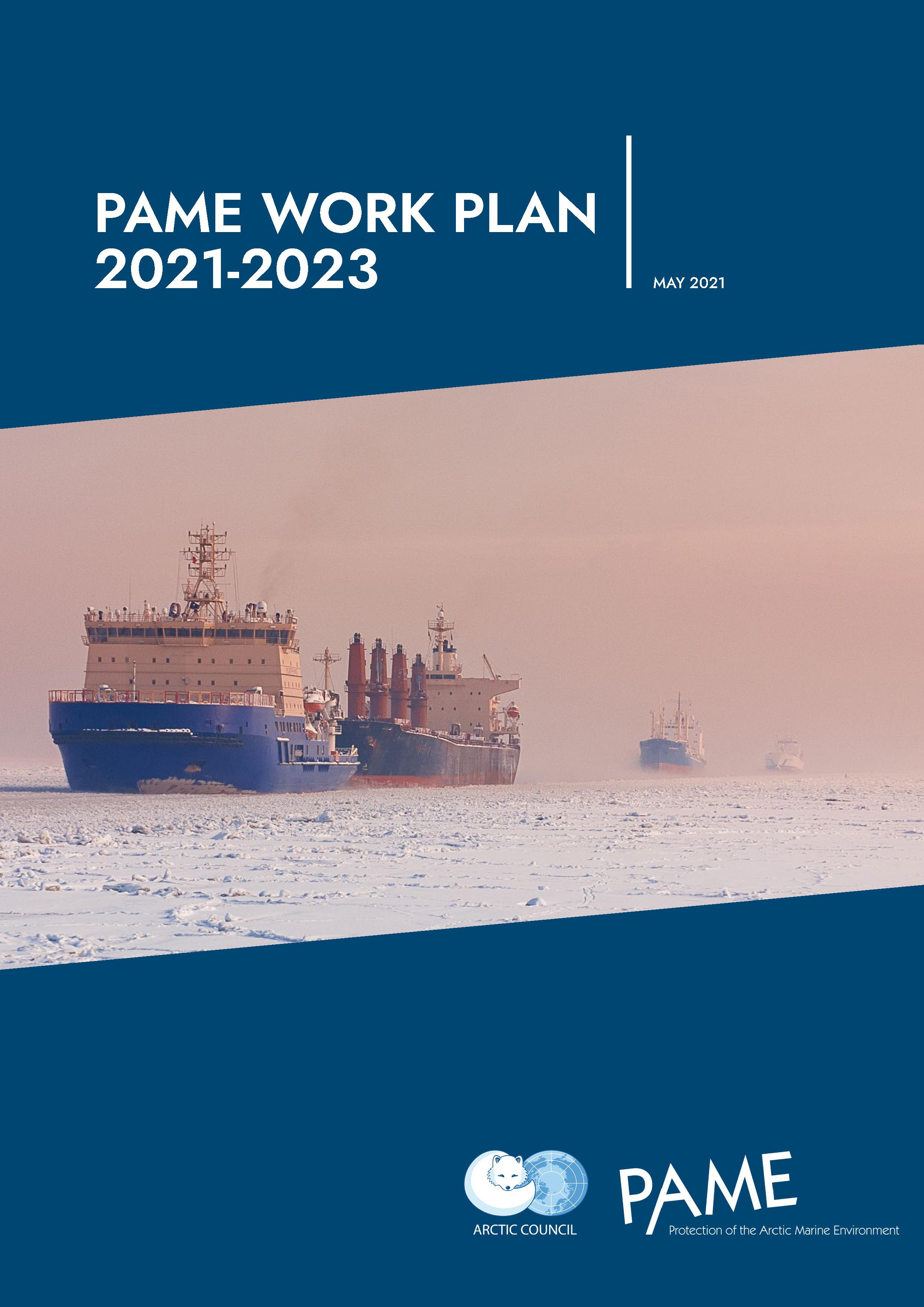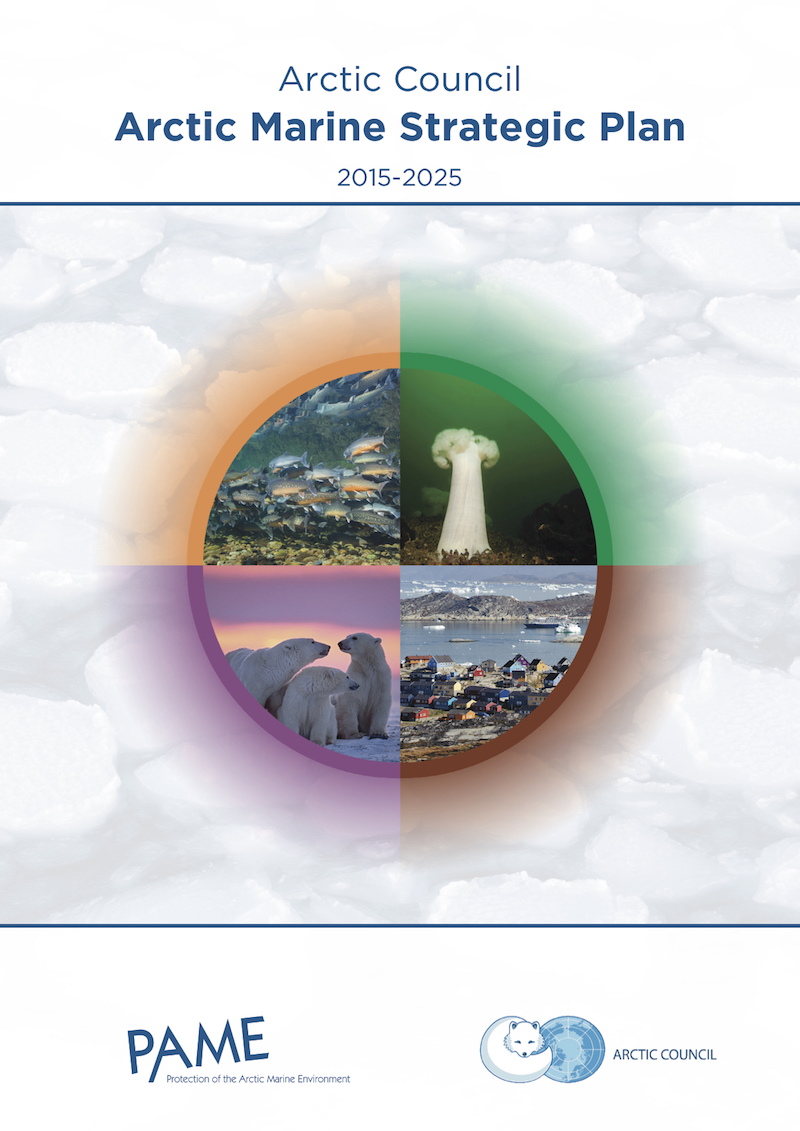Plastic has penetrated everyday life: from clothing to coatings and from transport vehicles to cleaning products Plastic is cheap, durable, lightweight and malleable, resulting in a practically unlimited number of possible applications The disadvantages of plastics however are becoming more and more visible Large quantities of plastics leak into rivers and oceans, with adverse effects to marine ecosystems and related economic activities
Plastic wastes include all size residues, from large visible and easily removable items, to small invisible particles This report investigates the sources of primary microplastics i e microplastics that are directly released into the environment as small plastic particles (< 5 mm size) This contrasts with secondary microplastics that originate mostly from the degradation of large plastic waste into smaller plastic fragments once exposed to the marine environment Primary microplastics can be a voluntary addition to products such as scrubbing agents in personal care products (shower gels, creams, etc ) They can also originate from the abrasion of large plastic objects during manufacturing use or maintenance such as the erosion of tyres when driving or the abrasion of synthetic textiles during washing
This report is one of the first of its kind to quantify primary microplastics leakage and to demonstrate that these primary microplastics are globally responsible for a major source of plastics in the oceans The model developed for this analysis enables us to conclude that between 15 and 31% of all of the plastic in the oceans could originate from primary sources This is a significant but as-of-yet unrecognised proportion In some countries benefitting from advanced waste treatment facilities, primary microplastics releases even outweigh that of secondary microplastics
The global release of primary microplastics into the ocean was estimated at 1 5 million tons per year (Mtons/year) The estimate ranges between 0 8 and 2 5 Mtons/year according to an optimistic or pessimistic scenario The global figure corresponds to a world equivalent per capita release of 212 grams or the equivalent of one empty conventional plastic grocery bag thrown into the ocean per person/per week worldwide
The overwhelming majority of the losses of primary microplastics (98%) are generated from land- based activities Only 2% is generated from activities at sea The largest proportion of these particles stem from the laundering of synthetic textiles and from the abrasion of tyres while driving Most of the releases to the oceans are occurring from the use of products (49%) or the maintenance of products (28%) The main pathways of these plastics into the ocean are through road runoff (66%), wastewater treatment systems (25%) and wind transfer (7%)
The study reviewed seven regions – Africa and Middle East, China, East Asia and Oceania, Europe and Central Asia, India and South Asia, North America, and South America It revealed comparable releases per region in absolute value – ranging from 134 to 281 Ktons/year The per capita releases, however, are very different between regions – ranging from 110 to 750 grams/person/year Further, most regions are expected to have increased releases of primary microplastics in the next decades This is due to improvements in per capita income without improvements in systems to prevent the releases
 This is a collection of submissions on marine litter literature of relevance to the Arctic based on a dedicated submission form sent out to Arctic Council members and experts in Fall 2017. This was in support of the development of the Desktop Study on Marine Litter, including Microplastics in the Arctic (May 2019) with the aim to:
This is a collection of submissions on marine litter literature of relevance to the Arctic based on a dedicated submission form sent out to Arctic Council members and experts in Fall 2017. This was in support of the development of the Desktop Study on Marine Litter, including Microplastics in the Arctic (May 2019) with the aim to:




